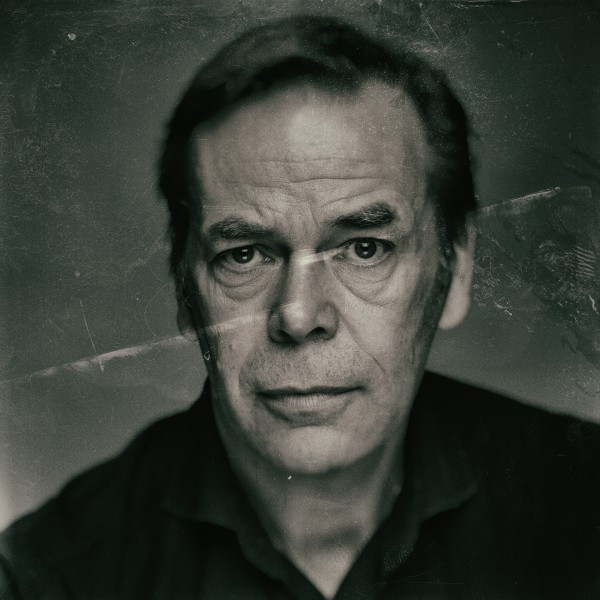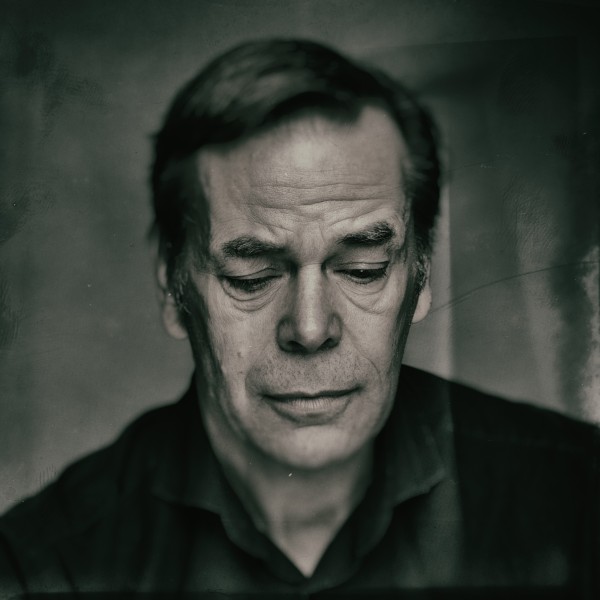One of this year’s assignments of my local camera club is self-portraits. I’m not particularly keen on this. Like many others, I don’t like to see myself on pictures. For whatever reason. But I gave it a shot, nevertheless.
As it happened, I came across wet plate technology and decided to use it for the self-portrait assignment. The photographic wet-plate process was developed around 1850. There’s plenty of stuff to be found on the internet, so I’m not going to explain it here and pretend I’m some sort of “mister-know-it-all”. I found the following clips on YouTube very helpful in understanding the process: Getty Museum, Alex Timmermans, Daniel Carillo and Ellen Susan.
I like the results of the wet plate process very much. The shallow depth of field, the unpredictable artifacts, the deep blacks, giving you an entirely different soul and character than the original. But all I have is a digital camera and not the one to put the plates in. I used to have a dark room, but don’t have it anymore. And besides all these things I don’t have, I think the whole process is too cumbersome and time consuming just for this self-portrait assignment (you never know what I might do in the future…). So, end of assignment? No way! The good people of Nik Software came to the rescue. In addition to their wonderful tools, like Color Efex Pro and Silver Efex Pro, they recently released another gem called Analog Efex Pro. Check out some tutorials on YouTube here. It allows you to post-process your images by simulating an analog camera. This can be a vintage camera you found on an attic somewhere. It might have some mold on the lens or other unknown “features”. It can also be a toy camera or a wet plate camera. So there we go. Analog Efex Pro allows me to keep the whole process digital and avoid working with toxic chemicals. And the image at the end will have a somewhat similar look (I’m sure wet plate die-hards will disagree with me here, so that’s why I said “somewhat”).
I sat down in my studio. Put on some John Legend music for the right atmosphere. Setup the strobes (just 1, as a matter of fact) and a reflection screen. Measured the light using a dummy. Connected the cable release to the camera. Sat down and took a series of shots. And then the fun really kicked in. I had a great time post-processing them with Analog Efex Pro. I limited myself to just the wet plate camera type and ignored the others for the time being. It’s really amazing what this product allows you to do and what you can achieve.
You can add dirt and scatches, like dust and corrosion, and wet plate chemical artifacts. Or leave them out. Altough it’s tempting to play with them, my recommendation is to don’t overdo it and keep it simple. One of the nicest features of Analog Efex Pro is called Bokeh and I hope to see it included in all other Nik’s plug-ins soon. It’s a two-ring drag-and-drop utility to very accurately create your desired depth of field. You can vary from circle to ellipse and drag it around. Of course, you can set the amount of blur you want.
Before you think this a sponsored post and before it’s becoming to sound too much of a commercial, I’d better stop here. Go and have a look at Analog Efex Pro here and download it for free for 15 days. It certainly helped me to create some stunning images for my self-portrait assignment.

